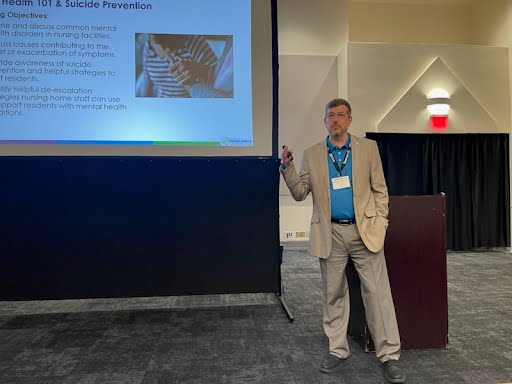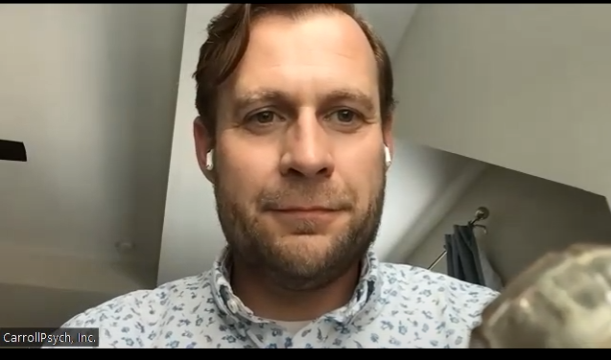This is part two of Hiring with a Purpose. You can read Part one here.
When I was a manager, unfilled positions were one of my biggest headaches. They required me, or members of the team, to cover for the vacancies. Heaven forbid if it was a specialist slot that could not be easily covered. I once had a therapist sit in with a temporary doctor to type notes because patients had to be seen.
Obviously, I am not alone in these experiences. When I became a CEO, I heard them from my directors and from their managers. Everyone was focused on getting those slots filled as fast as they could.
In the military, there is a type of missile called “Fire and Forget”. It does not require further guidance after launch and can hit its target without you being within line-of-sight.
What I have seen in business is the mistake I call “Hire and Forget”. After multiple resumes, a number of interviews and an affirmative response from a candidate, the manager finally has someone to fill the opening. The candidate is sent to Human Resources, and the manager, breathing a sigh of relief, can move on to the next crisis.
Perhaps the new employee will receive some one-on-one time post orientation, but usually by 30 days later, it is business as usual. The employee is hired and HR becomes the guidance system to get the new employee to target.
Meanwhile, the manager is frequently focused on tasks other than being a manager. This is often because they earned their promotions because of their output. Being down a position regularly means the output is reduced, but that should not be an excuse to ignore the new hire.
Lack of feedback and support from managers is among the top reasons people report leaving jobs. Find the time to have one-on-one talks about the challenges of the job and about how to meet expectations. If your employee knows you are engaged with her, then she is more likely to remain a long-term employee.
Hiring someone is not sending a missile to blow something up, it is adding, maintaining, and often building an asset for your organization. The number one way to have engaged employees is to have engaged managers.
Not all positions, however, are going to be filled long-term. Lower-level positions tend to have high turnover.
In a previous role we had positions with an extremely high turnover rate due to low pay and high stress. The quality of employees we were attracting was commonly less than what the program director was seeking. So we decided to stop fighting the turnover trend and embrace it. Instead of seeking long-term employees, we looked to new graduates with college degrees in psychology who were working towards their masters.
We knew we would only have them for two to three years at the most, but by adjusting our expectations we found good employees who could work flexible hours.
The art of hiring and maintaining excellent employees, of building an asset for your organization, is not about hiring and forgetting, it is about having managers who find the time to engage their workers individually and as members of the team.
Hire and Inspire should be your weapon of choice.
Bryan G. Stephens is a former executive on a mission to transform the workplace. He is the founder and CEO of TalkForward, a consulting and training company, utilizing Bryan’s clinical and management expertise to develop managers and teams in a corporate environment. As a licensed therapist with strong understanding of developing human potential, he is dedicated to the development of Human Capital to meet the needs of leaders, managers, and employees in the 21st Century workplace.
Bryan has an Executive MBA from Kennesaw State University, Coles School of Business, and both a Master’s and Bachelor’s degree in Psychology.






